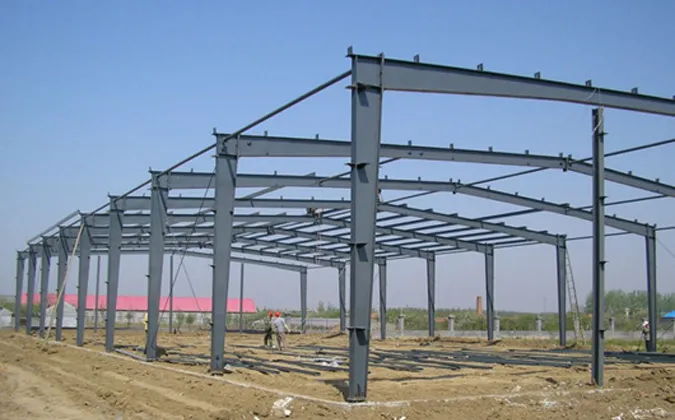- Afrikaans
- Albanian
- Amharic
- Arabic
- Armenian
- Azerbaijani
- Basque
- Belarusian
- Bengali
- Bosnian
- Bulgarian
- Catalan
- Cebuano
- Corsican
- Croatian
- Czech
- Danish
- Dutch
- English
- Esperanto
- Estonian
- Finnish
- French
- Frisian
- Galician
- Georgian
- German
- Greek
- Gujarati
- Haitian Creole
- hausa
- hawaiian
- Hebrew
- Hindi
- Miao
- Hungarian
- Icelandic
- igbo
- Indonesian
- irish
- Italian
- Japanese
- Javanese
- Kannada
- kazakh
- Khmer
- Rwandese
- Korean
- Kurdish
- Kyrgyz
- Lao
- Latin
- Latvian
- Lithuanian
- Luxembourgish
- Macedonian
- Malgashi
- Malay
- Malayalam
- Maltese
- Maori
- Marathi
- Mongolian
- Myanmar
- Nepali
- Norwegian
- Norwegian
- Occitan
- Pashto
- Persian
- Polish
- Portuguese
- Punjabi
- Romanian
- Russian
- Samoan
- Scottish Gaelic
- Serbian
- Sesotho
- Shona
- Sindhi
- Sinhala
- Slovak
- Slovenian
- Somali
- Spanish
- Sundanese
- Swahili
- Swedish
- Tagalog
- Tajik
- Tamil
- Tatar
- Telugu
- Thai
- Turkish
- Turkmen
- Ukrainian
- Urdu
- Uighur
- Uzbek
- Vietnamese
- Welsh
- Bantu
- Yiddish
- Yoruba
- Zulu
تشرینی دووەم . 16, 2024 19:21 Back to list
The Cost of Steel Buildings An In-Depth Analysis
In recent years, steel buildings have emerged as a popular choice for a variety of construction projects, ranging from industrial facilities to commercial structures and even residential homes. The advantages of steel, including its durability, design flexibility, and sustainability, make it an attractive option for builders and developers. However, one critical factor that influences the decision to utilize steel in construction is the cost associated with these structures.
The primary costs involved in steel buildings can be categorized into several components material costs, labor costs, and additional expenses such as transportation, site preparation, and permits. Material costs can fluctuate based on market demand for steel, which is influenced by global economic conditions, trade policies, and production levels. As of late 2023, the steel market has been relatively volatile, with prices experiencing periodic increases and decreases. Builders must keep this in mind when budgeting for a project, as material costs can significantly impact the overall expenditure.
The Cost of Steel Buildings An In-Depth Analysis
Transportation is another considerable cost associated with steel buildings. Steel components are typically fabricated off-site and then transported to the construction location. The distance between the fabrication facility and the construction site can affect transportation costs, especially if the project is located in a remote area. Moreover, delivering large steel components may require specialized vehicles and careful logistical planning, adding to the overall cost.
cost steel building

Site preparation is an often-overlooked aspect of budgeting for a steel building. Before construction can begin, the site must be properly prepared, which may involve grading, excavation, and laying a foundation capable of supporting the heavy steel structures. The costs associated with these activities can differ significantly based on geographical location and site conditions.
Permitting and regulatory fees also contribute to the total cost of steel buildings. Depending on local regulations, obtaining the necessary permits can be a time-consuming and expensive process. Builders must factor these costs into their financial planning to avoid unexpected expenses down the road.
Despite these costs, many opt for steel buildings due to their long-term benefits. Steel is inherently resistant to pests, rot, and mold, leading to lower maintenance costs over the building's lifespan. Additionally, steel structures are often quicker to construct than traditional buildings, reducing labor costs and allowing projects to be completed in a shorter timeframe.
In conclusion, while the cost of steel buildings may initially appear high when considering material, labor, transportation, site preparation, and permitting, the advantages they offer can often outweigh the expenses. As builders and developers continue to seek efficient and sustainable construction solutions, steel will likely remain a prominent choice in the building industry.
-
Cold Formed Steel Residential Framing
NewsMay.21,2025
-
Innovative Steel Structure Building Solutions
NewsMay.19,2025
-
Innovative Prefab Metal Shed Solutions
NewsMay.19,2025
-
Durable Steel Horse Shelter Solutions
NewsMay.19,2025
-
Durable Metal Shed Solutions
NewsMay.19,2025
-
Durable Big Metal Shed Solutions
NewsMay.19,2025
Products categories
Our Latest News
We have a professional design team and an excellent production and construction team.












